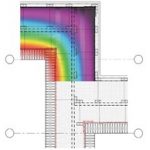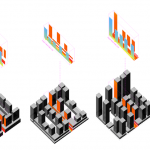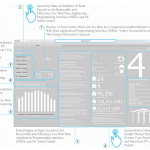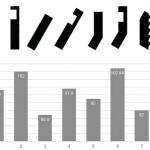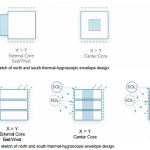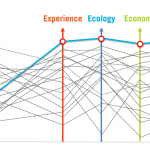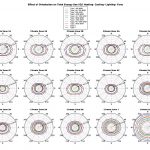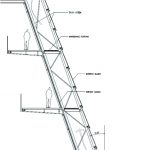
Glare can cause annoyance and discomfort when it becomes the source of vision problem. Although discomfort glare has been studied extensively as an academic topic, evaluating the risk of glare and its mitigation strategies are limited in the architectural design process due to the lack of an established workflow. From building design perspective, architects tend... Read more »


